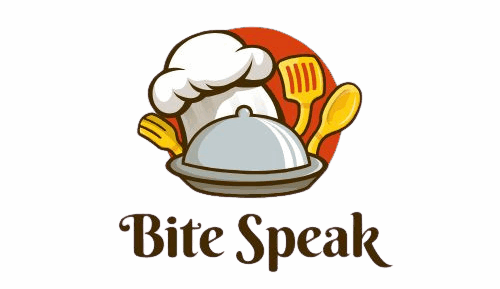6 Reasons You Should Skip The Fried Rice At Chinese Restaurants
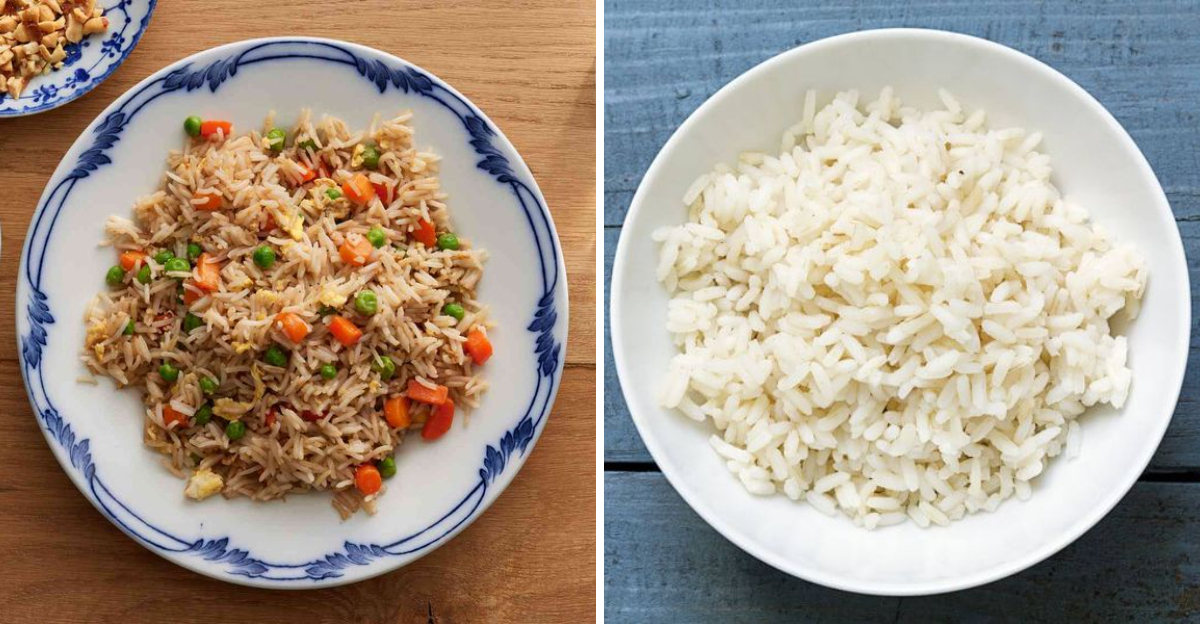
Fried rice is a popular choice at many Chinese restaurants, offering a seemingly quick and tasty meal. However, beneath the surface of this beloved dish lie several reasons to reconsider ordering it. From its preparation methods to the nutritional content, fried rice might not be the best option if you’re health-conscious or looking for fresh ingredients. This blog post delves into why you might want to skip this menu staple in favor of healthier and more satisfying alternatives.
1. It’s Often Made With Yesterday’s Rice
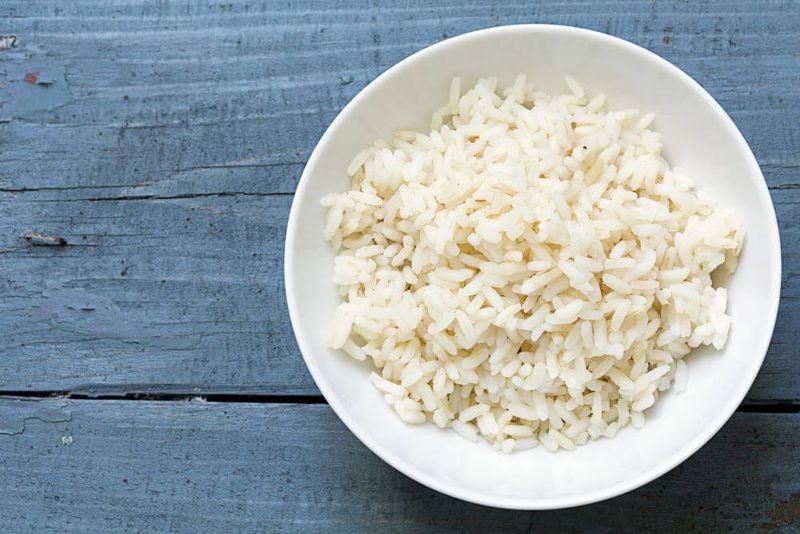
Yesterday’s rice is a secret of many Chinese eateries. Day-old rice has less moisture, making it perfect for frying. However, this means you’re consuming leftovers, not the freshest option. In many kitchens, it’s a way to reduce waste and improve texture, but freshness is compromised.
Customers may not mind the texture of day-old rice, but for those expecting freshly cooked grains, it can be a letdown. This practice is prevalent in many establishments, turning a convenient method into a culinary tradition.
2. It’s a Sodium Bomb
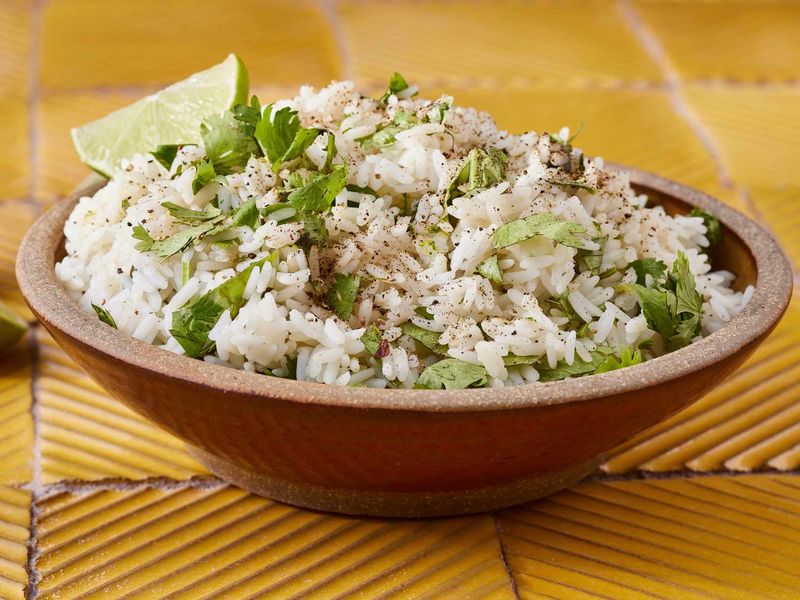
Sodium levels in fried rice can be alarming. Soy sauce, oyster sauce, and MSG contribute to the high salt content. A single serving can exceed your daily sodium intake recommendation.
For those concerned about heart health, this can be disconcerting. Reducing sodium is crucial, especially in modern diets already laden with salt. Fried rice takes it to an unnecessary extreme.
Balancing flavors without excessive sodium is possible, but often overlooked in favor of traditional methods that emphasize flavor over health.
3. Lack of Protein (Unless You Pay More)
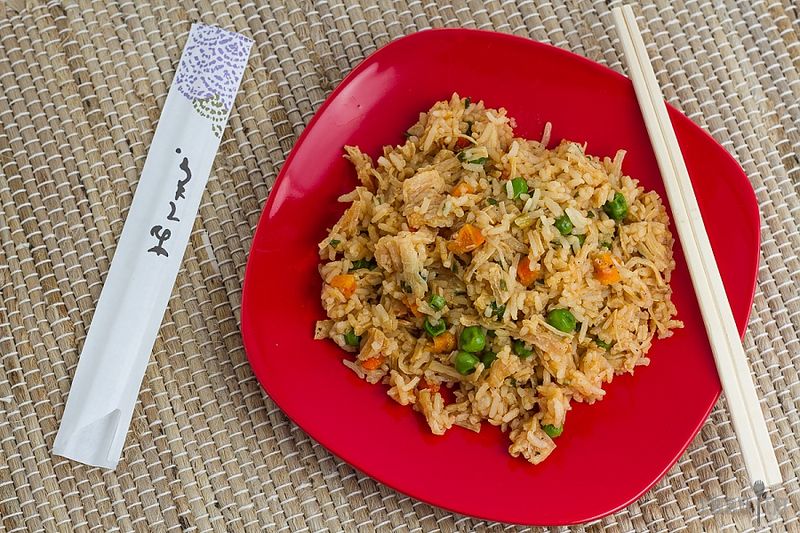
Standard fried rice often lacks protein. Unless you opt for pricier options like shrimp or chicken, you’re left with mostly carbs and oil. Egg bits provide minimal protein, offering little sustenance.
Many diners find themselves hungry soon after consuming these carbohydrate-heavy meals. Protein is vital for satiety and energy, making its absence noticeable.
For a balanced meal, paying extra for protein-rich additions becomes necessary, turning an affordable dish into a pricier endeavor.
4. It’s Greasy — and Not in a Good Way
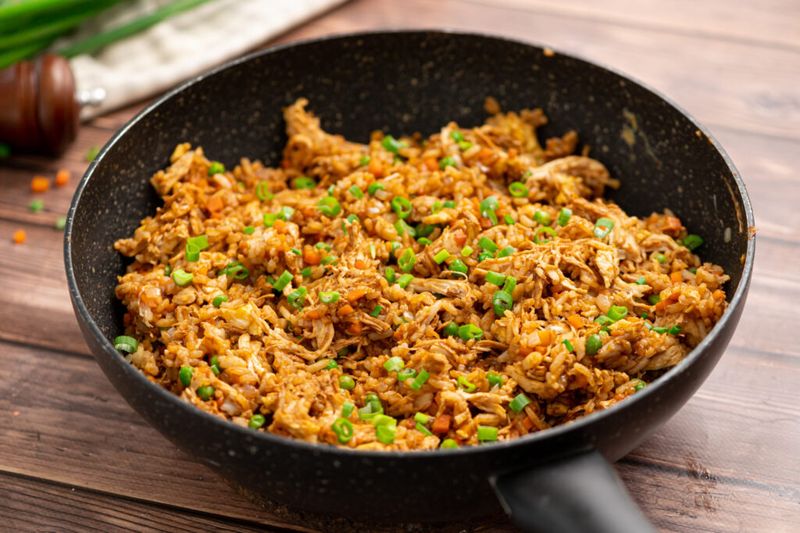
Fried rice is notorious for its greasiness. Cooked in large amounts of oil, often reused throughout the day, it becomes heavy. The quality of oil is sometimes questionable, adding to health concerns.
The excessive greasiness detracts from what could be a delightful dish. It’s not the kind of comfort food you’d expect from such a staple.
Choosing dishes with better oil quality or less grease can enhance your dining experience, bypassing the pitfalls of overly oily fried rice.
5. It’s Usually Not a Standalone Meal
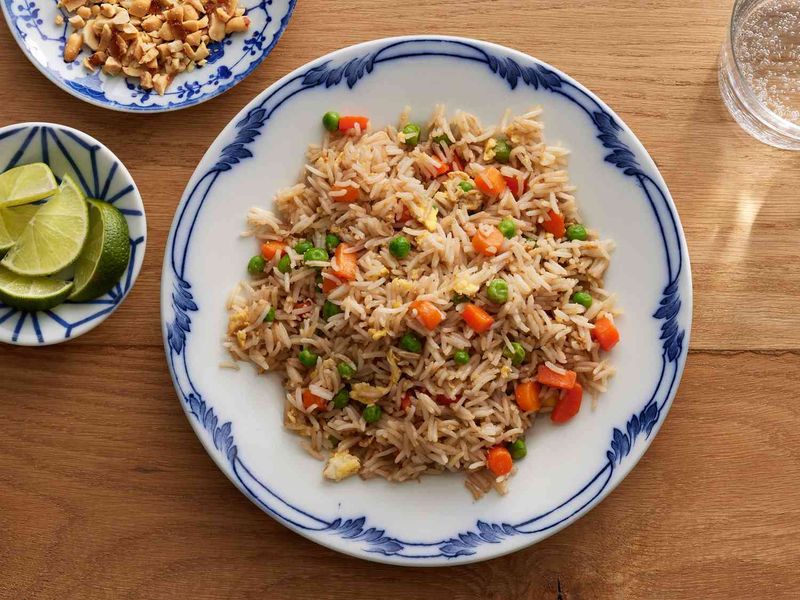
Despite its appearance, fried rice isn’t always filling. Lacking vegetables and protein, it leaves diners wanting more, necessitating additional dishes.
What seems satisfying can quickly lead to hunger pangs. Balanced meals combine various nutrients, something fried rice often misses.
For a fulfilling dining experience, complementing fried rice with other dishes becomes essential, though this adds to the cost and complexity of a meal.
6. There Are Better (and Tastier) Options
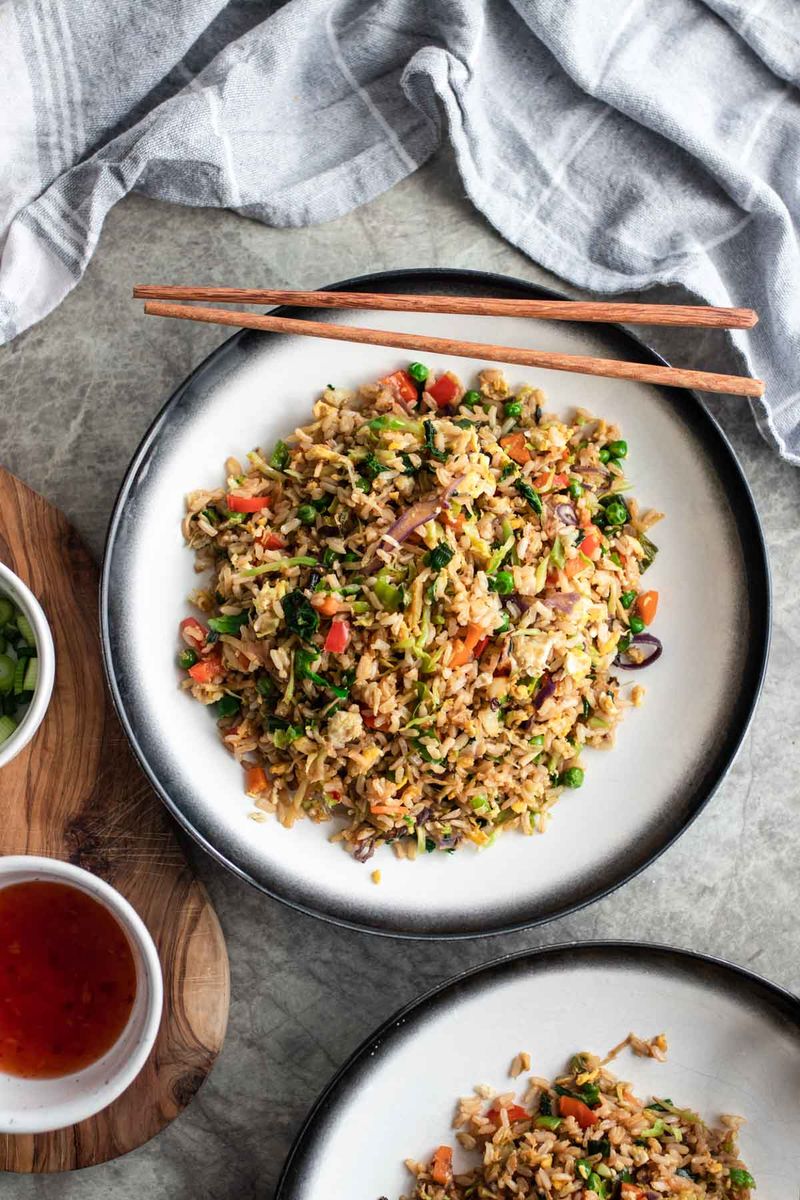
Chinese cuisine offers an array of delightful dishes. Options like steamed dumplings, moo shu pork, or hot and sour soup provide more flavor and nutrition than fried rice.
Fried rice, often a mere filler, pales in comparison to these exciting alternatives. Exploring the menu can unveil tastes and textures that fried rice simply can’t match.
Choosing more varied dishes enhances the culinary experience, providing both taste and health benefits, steering clear of the fried rice trap.
